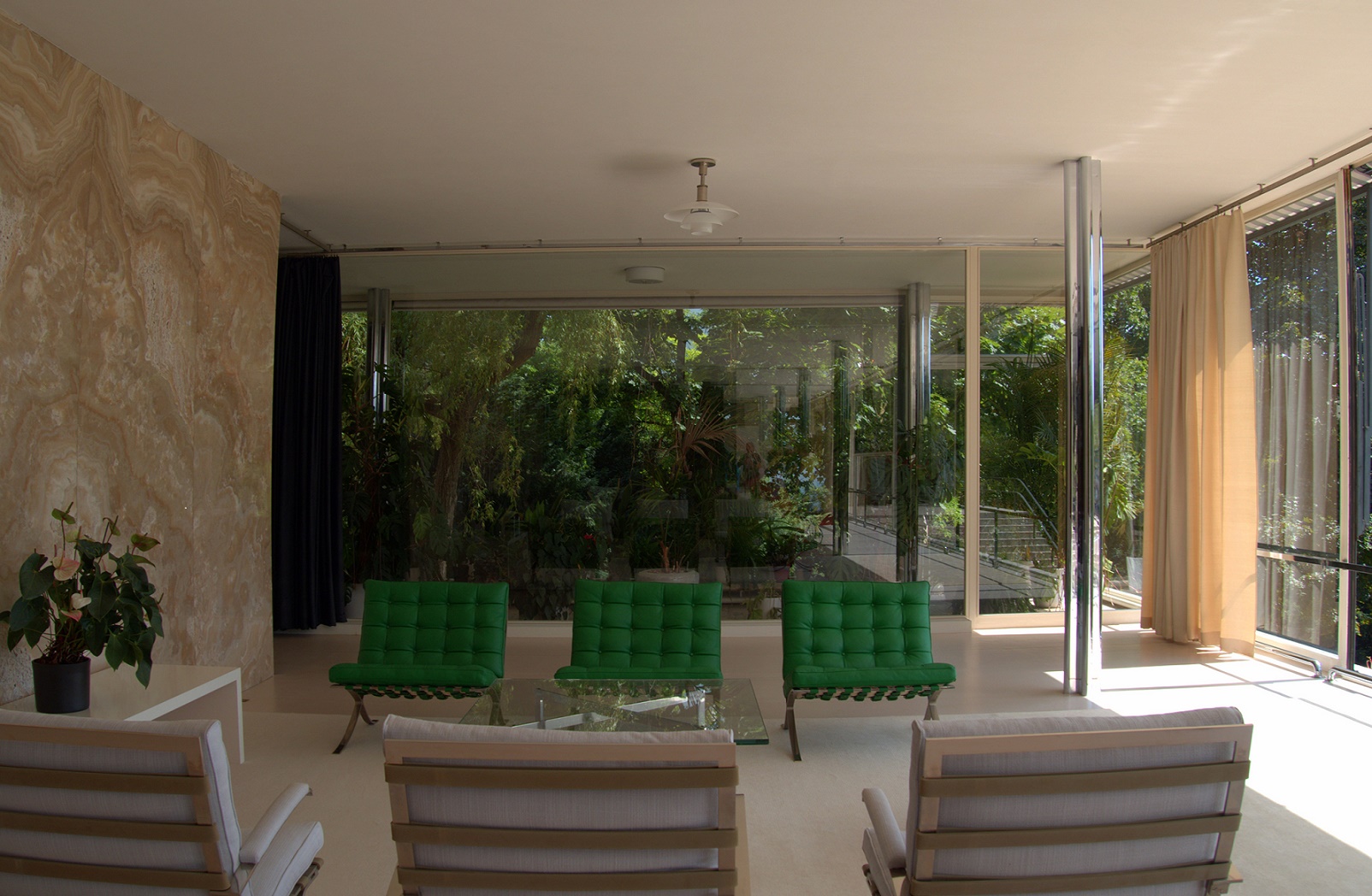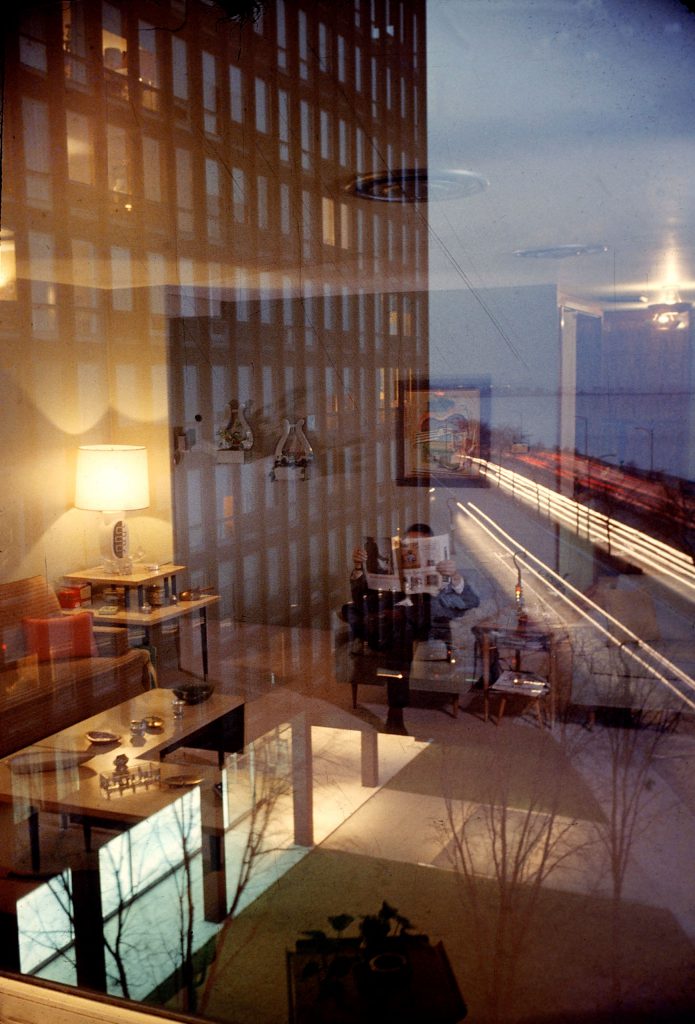Xiangnan Xiong’s book, Mies at Home, a Groundbreaking Study of a Design Icon

<Fig.1> cover of Mies at Home
Xiangnan Xiong, Assistant Professor of Architecture at SJTU, recently published a new book, Mies at Home: From Am Karlsbad 24 to the Tugendhat House (London and New York: Routledge, 2022). This work has made a rare contribution to a central theme of modern architectural history, a field dominated by scholars of Europe and North America.
Mies at Home centers on the development of open space, a defining concept of modern architecture. It is a radical rereading of one of the most significant periods in the career of Ludwig Mies van der Rohe, a German-American architect and a leading master of modernist architecture, from the mid- to late 1920s. The book examines how Mies van der Rohe’s experience of residing in his apartment, doubling as a studio, in central Berlin had an impact on his spatial concepts. It uncovers one of the most profound but virtually untold aspects of Mies van der Rohe’s development: how his visions of an ideal lifestyle came out of his own living experience and how they, in turn, informed his domestic architecture.

<Fig. 2> Tugendhat House by Mies van der Rohe, Brno (Czech Republic now), 1929. Photo by author.
Selected Reviews:
“This proposal—if the promises of the chapters are fulfilled—could be the most important book on Mies since the publications of Mies in Berlin/Mies in America at the turn of the century.” - blind reviewer on the book proposal.
“In her original, imaginative study of the houses and the apartments Mies van der Rohe has conceived in Europe, Xiangnan Xiong operates a Copernican revolution: she identifies as the source for the emergence of his main ideas about domestic architecture his own home in the center of Berlin. Thanks to this new genealogy, unseen patterns appear in his designs, and the often repetitive Miesian scholarship is challenged.”
- Jean-Louis Cohen, Sheldon H. Solow Professor in the History of Architecture, Institute of Fine Arts, New York University, USA.
“Xiangnan Xiong has produced a groundbreaking study of the pivotal moment in Ludwig Mies van der Rohe's career, when he began the exploration of new ideas of space and living that eventually reached their apotheosis in two of his masterworks: the Barcelona Pavilion and the Tugendhat House. Her radical assertion, that Mies's own patterns of living and working in his Berlin apartment were fundamental to his spatial breakthrough of the late 1920s, will doubtless reshuffle long-held assumptions and offer us a new and more interesting Mies. This is a splendid and important work of scholarship. ”
- Christopher Long, Martin S. Kermacy Centennial Professor, School of Architecture, University of Texas at Austin, USA.

<Fig 3> Lakeshore Apartment Building by Mies van der Rohe, Chicago(USA), 1956. Photo by Frank Scherschel.
Author Blurb:
Xiangnan Xiong is an assistant professor at School of Design, Shanghai Jiao Tong University. She obtained a Ph.D. in Architectural History and Theory from the University of Texas at Austin.
Xiong’s research focuses primarily on German modern architecture and she has published independently in the top journals and conferences of the field, including Journal of Architecture (UK), Journal of the Society of Architectural Historians (USA), and the 69th Annual International Conference of SAH (Pasadena, USA). Her recent publications and teaching probe into the reciprocal interactions between the evolution of dwellings and ways of living.